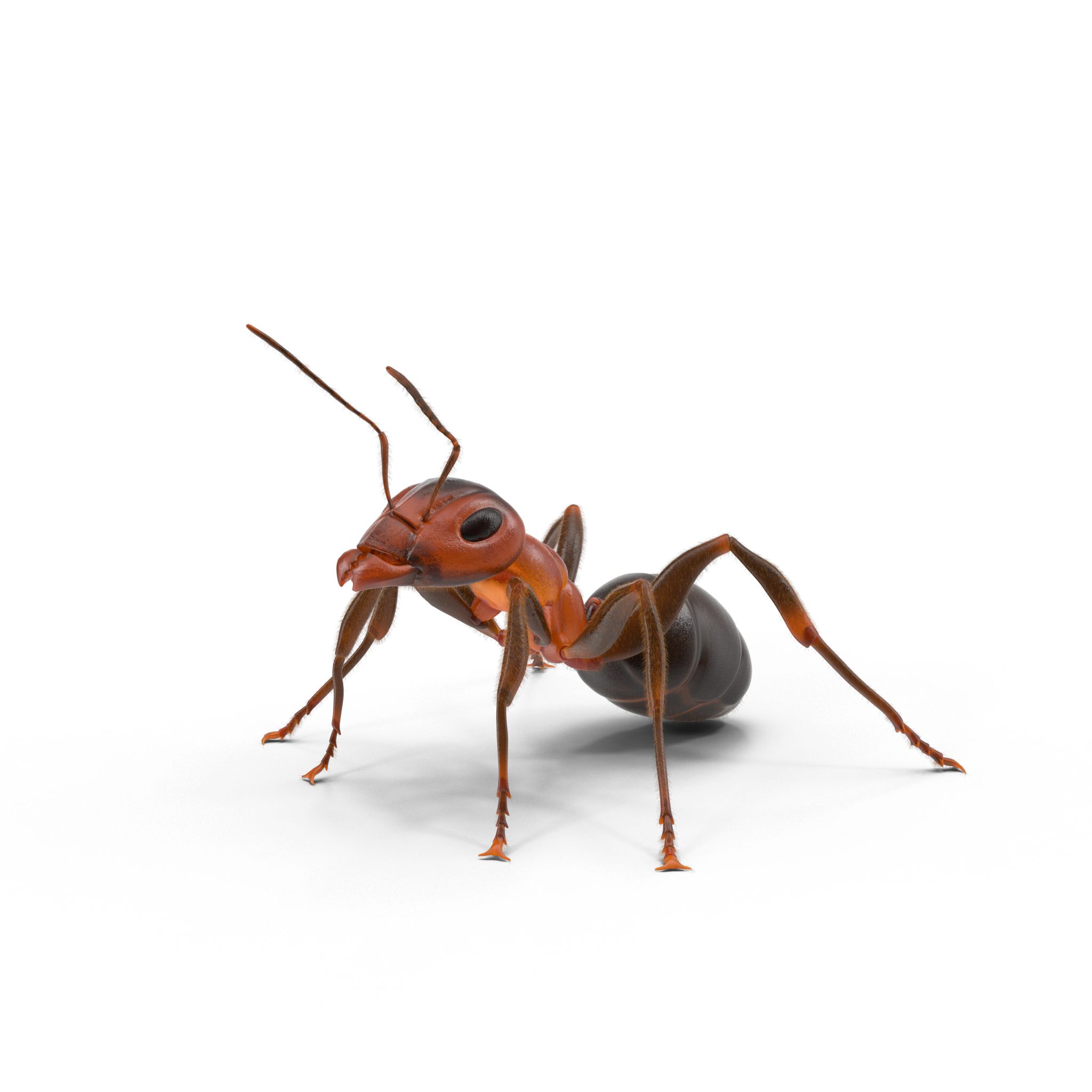Ant Control & Prevention Services in Florida
Say Goodbye to Ants—Inside and Out
At Clements, we offer targeted solutions for every type of ant problem. Whether you're dealing with stubborn fire ant mounds in your yard or ghost ants foraging through your kitchen, our team is equipped with the tools and expertise to eliminate the issue and keep them from coming back. From preventative treatments to interior baiting and follow-up monitoring, we’ll tailor a plan that fits your home and your needs.
Common issues we handle
Outside Ants (Yard & Landscape Pests)
From fire ants and bigheaded ants to other aggressive outdoor species, these ants can dominate lawns, mulch beds, and patio areas—posing a risk to kids, pets, and outdoor enjoyment. Our exterior treatments include granular applications to eliminate mounds and prevent against colony fracturing. Ask about our quarterly fire ant control treatment program to keep them away year-round.
Inside Ants (Structural Invaders)
These ants are the ones that make themselves at home—ghost ants, Argentine ants, and other small foraging species commonly invade kitchens, bathrooms, and pantries in search of food and moisture. Our interior+exterior ant treatments target nests and foraging trails with non-repellent baits and residual products that eliminate the colony at its source. From one time treatments to year round protection, we’ve got a program that will work for you.
Schedule your free inspection
When you meet with our team, we’ll greet you with a smile, address your needs and answers any questions. No pushy sales person or high pressure tactics. For many treatments, we can even start them at the time of your consultation.





